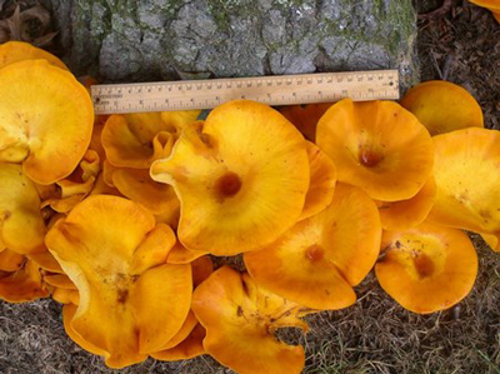Diagnosis is an important step in discovering which tree and plant pests, diseases and other problems are affecting your landscape’s health and beauty.
So, what makes a plant material sample good and helpful vs. not-so-helpful?
A senior diagnostician and plant pathologist at the Davey Institute, discusses what they look for in a good plant sample.
Here are the 7 Steps to Collecting a Good Tree Sample:
Step 1: Contact an Arborist for Help. If you see shrub or tree leaf spots or discoloration, bark splitting, or other signs of disease and insect infestation, contact your local professionally trained arborist to investigate your plant. The arborist will either diagnose the problem on the spot or send in a proper sample to the lab for further tests and treatment options.
Step 2: Collect Multiple Samples. The number one problem with samples is an insufficient sample. For example, it is difficult to diagnose the problem of an 80 foot oak tree with only 3 or 4 leaves. In order to properly diagnose a tree problem, examine tree branches, leaves, insects and fungus, you need multiple branches with leaves, insects or fungal reproductive structures in order to determine the agent—not just one twig or leaf.
Helpful Tips for Tree Samples:
- Tree branches should be at least 6 to 8 inches long for a correct sample.
- Leaf samples should include branches and stems.
- Mushrooms should include caps and stems.
- Insect samples require more than one specimen.
Step 3: Select Samples Showing a Progression of Symptoms. Speaking of multiple samples, it’s very important to send in various stages of the infestation or disease on leaves or twigs. They suggests collecting samples showing severe, moderate and light symptoms, in order to get a better diagnosis. A healthy control (untouched by disease or infestation) is also important for a true assessment. Dead branches and leaves may be helpful for detecting some problems as long as you provide other living samples as well.
Step 4: Properly Package Samples for the Lab. Samples must be packaged following the United States Department of Agriculture (USDA) federal rules and regulations. When sending a sample, make sure to double bag it using sturdy Ziploc® or garbage bags, depending on the size of the sample. Make sure the bags are completely sealed. If you are sending a fungal specimen, wrap it in a dry paper towel in order to keep it from becoming injured during shipping.
Step 5: Photos Help the Process. Clear, high-definition photos of symptomatic trees or plants help the diagnostic process—providing scientists a clear image of what the infection or disease looks like at the site.

Step 6: Send in Samples Early in the Week. It helps to send samples on Monday through Wednesday so that samples don’t spend the entire weekend in the truck or warehouse. It’s important to test samples while they are fresh and before samples become degraded.
Step 7: Your Results. After all the previous steps have been taken, local scientists will examine the sample and create a list of solutions that the client will receive based on the diagnosis. Your local arborist may explain treatment options in order to combat disease or infestation and create lasting solutions for your landscape.
“Remember: The quality of the diagnosis is dependent on the quality of the sample,” Senior diagnostician and plant pathologist says.



